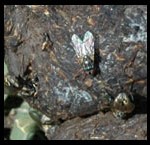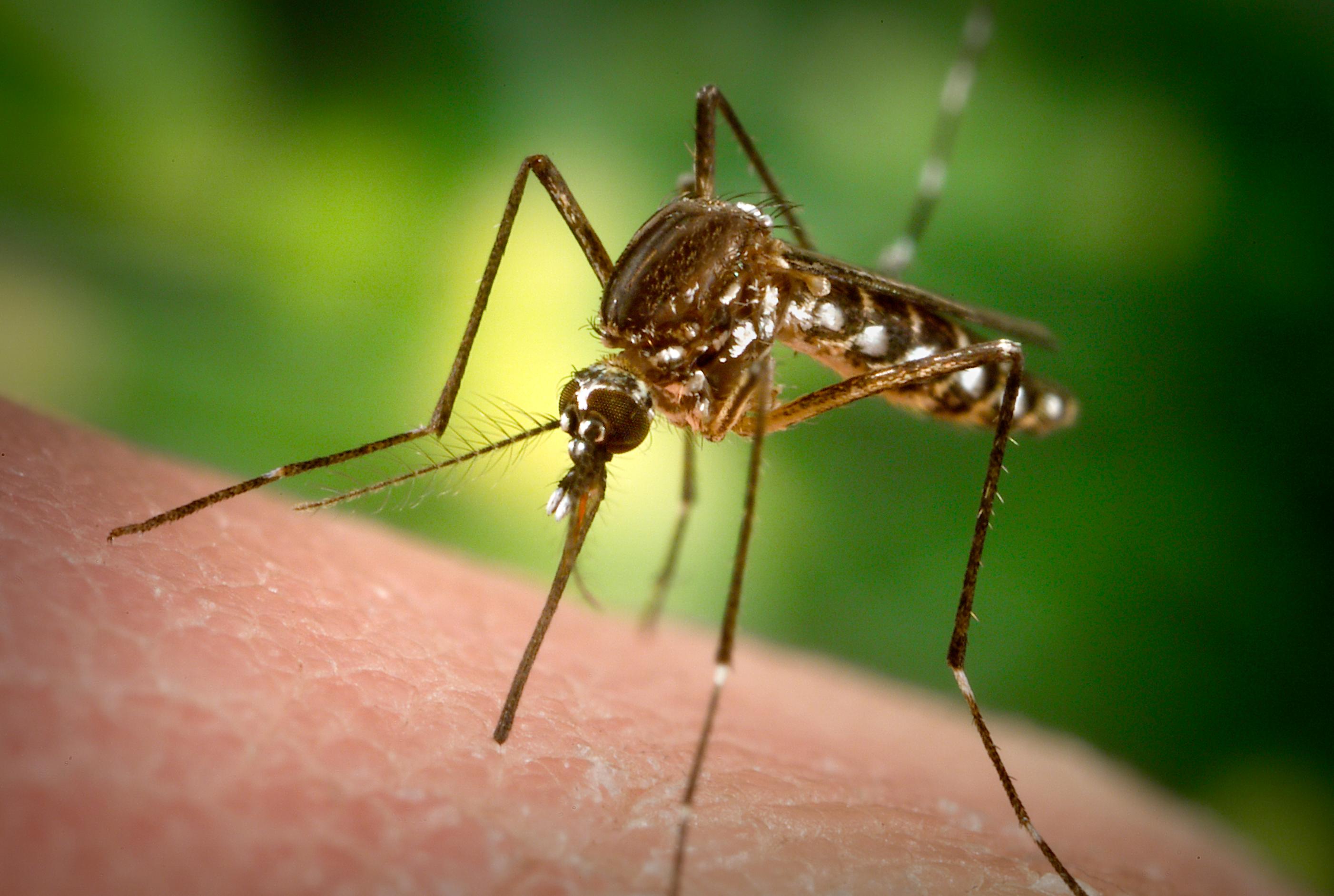Description:
Blow fly life cycle typically takes 3 – 4 weeks depending on the species. The life cycle is broken up into three distinct stages, the egg, the larvae and the adult. The larva stage is the most readily recognized and when all the food consumption is accomplished. The larvae feed on wet, living, or dead flesh.
Blow flies that can cause myiasis (the infestation of a live mammal typically from an infected sore) are from the genera Calliphora, Chrysomya, Cynomya, Eucalliphora, Lucilia, Paralucilia, Phormia and Protophormia.
Veterinary Impact:
The adult flies are attracted to fetid, purulent open sores as well as chronic nasopharyngeal or urogenital infections. Heavy larval infestations can lead to the death of the animal. Upon the animal’s death the larvae will continue to consume the carcass.
For more information on blow fly infestations see Screwworm Fly





